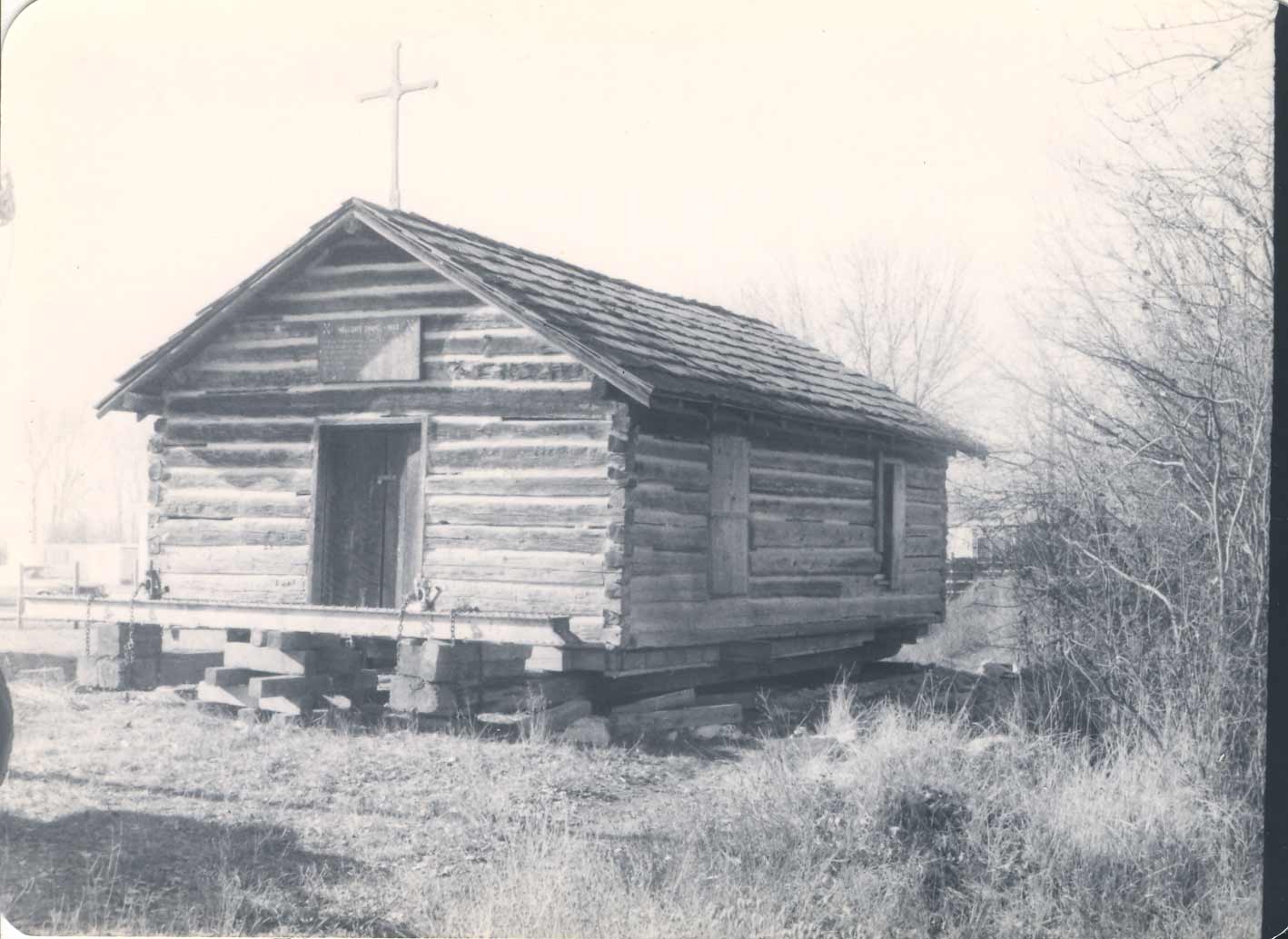
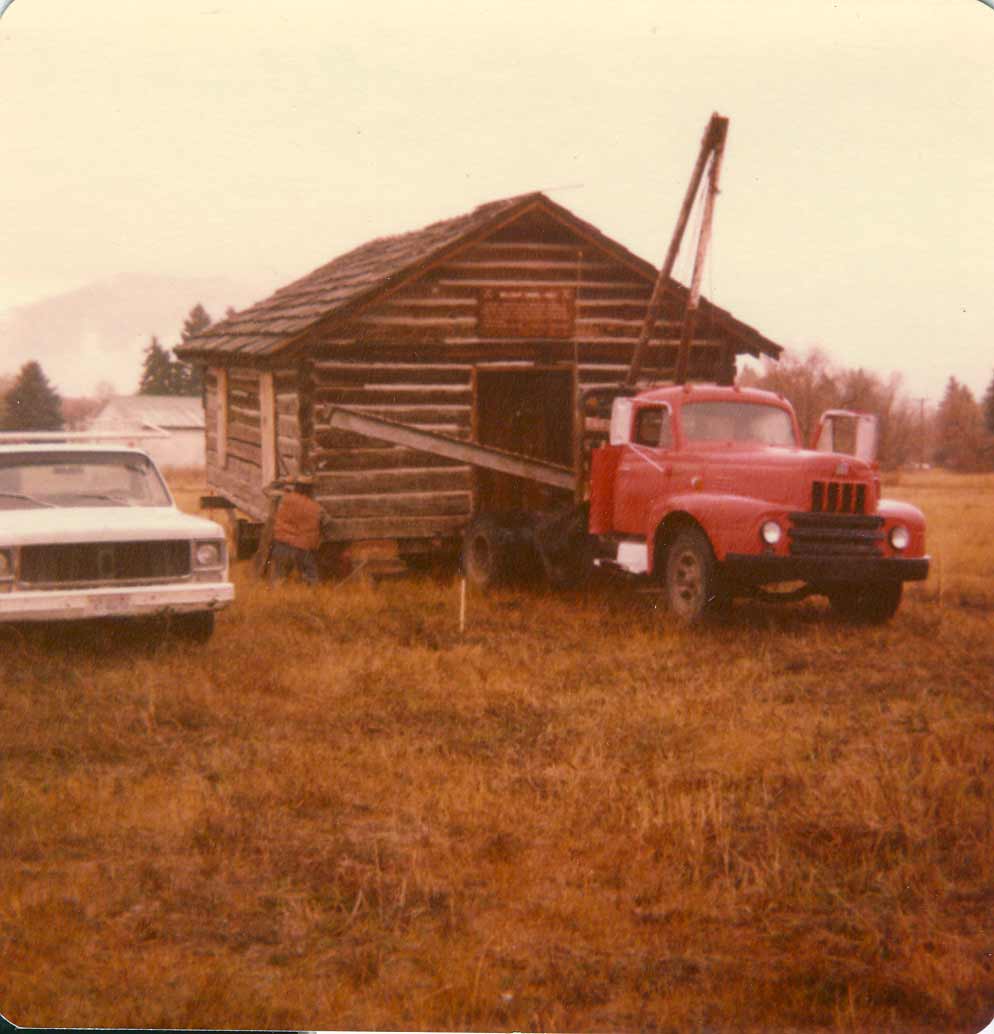
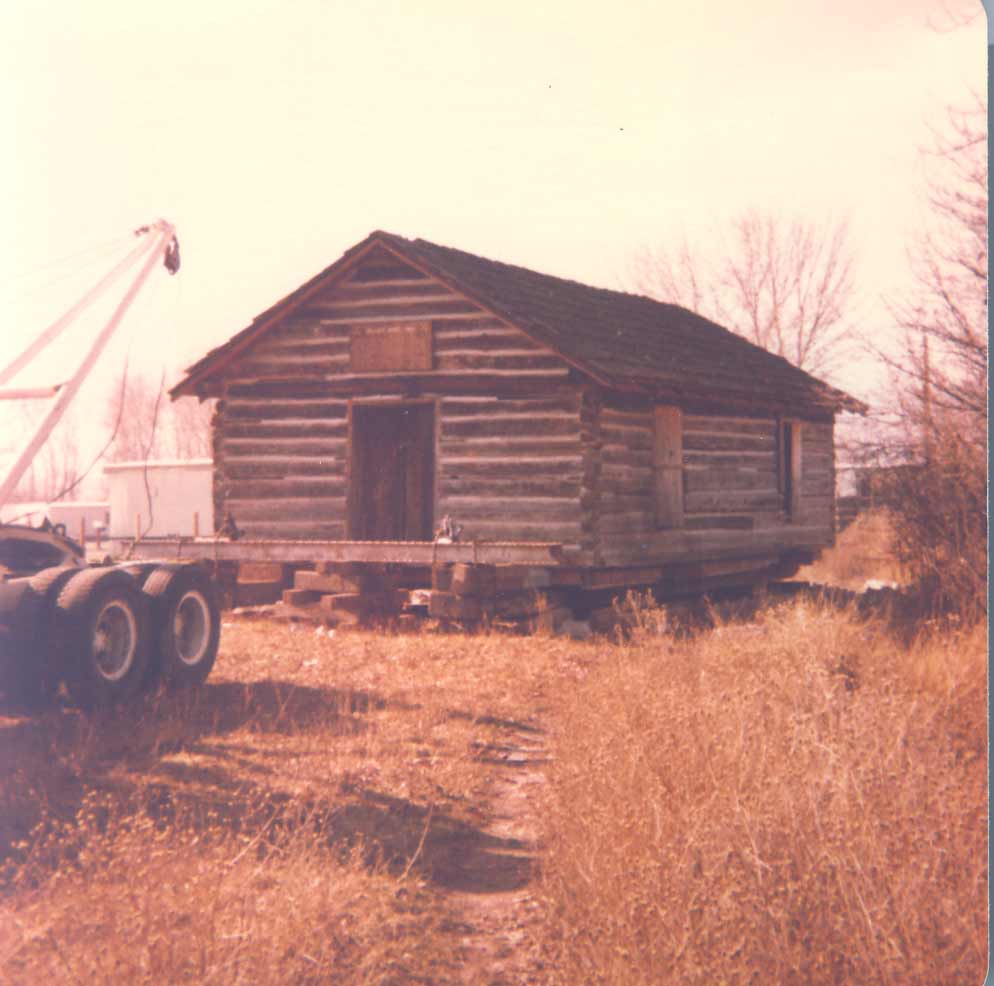
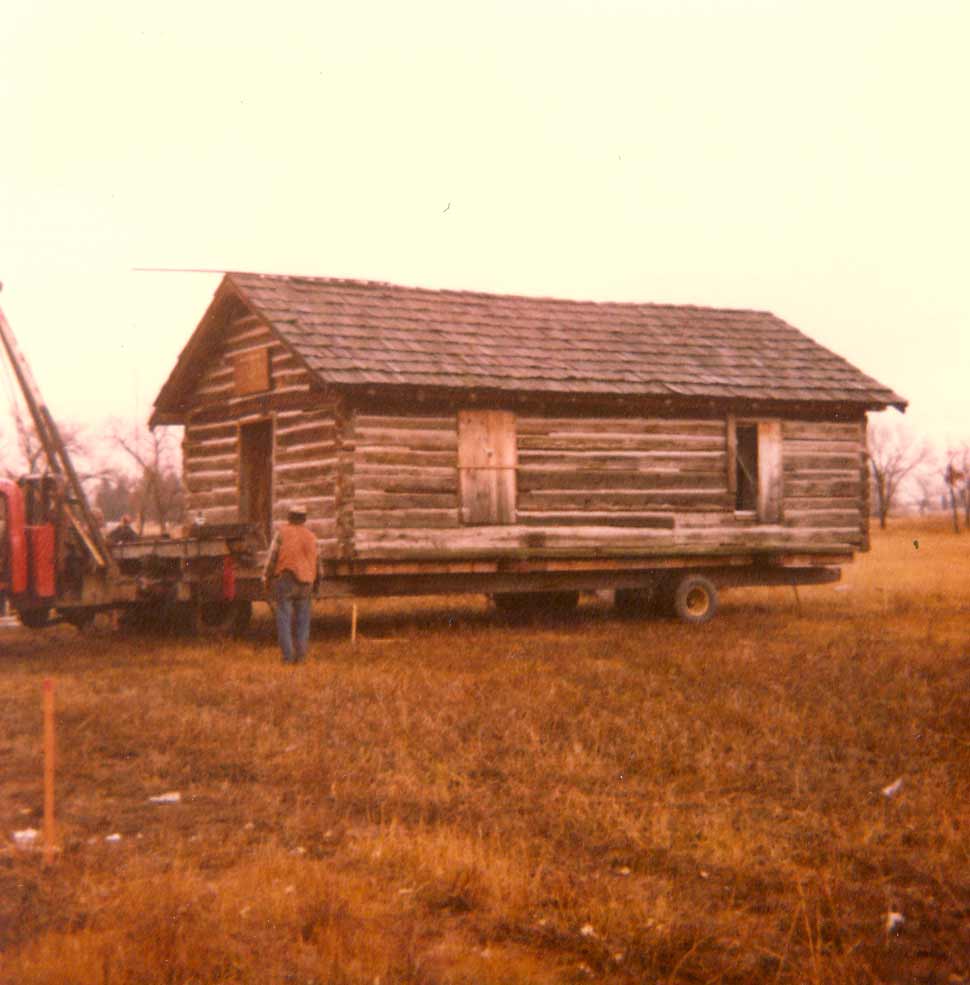
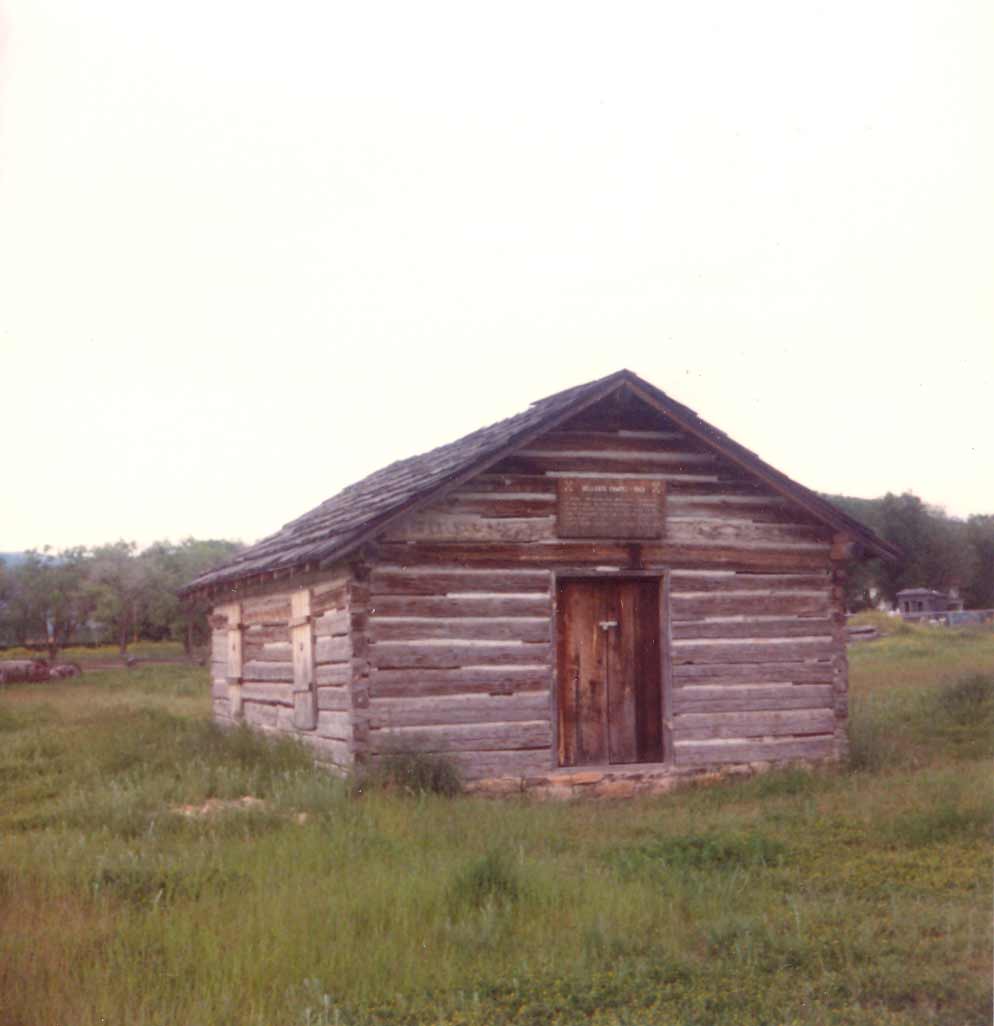
This church was constructed at the original Hell Gate village, about 4 miles west of Missoula, by Jesuits from the St. Ignatius Mission. It was later moved to the grounds of St. Patrick Hospital and used by the Sister’s of Providence. It was returned to the site of Hell Gate village in 1962. In 1981, the Friends of the Historical Museum moved the church to the Museum grounds to interpret the history of the region’s religious development.
Can you spot...
The town of Hellgate was established as a trading post in 1860 along the Mullan Road. St. Michael’s church was founded there at the suggestion of Father Urban Grassi, Superior at the St. Ignatius Indian Mission. The local missionaries administered medical and surgical services in the full sense of charity, irrespective of the race, color, nationality or creed of those in need. They were greatly welcomed into Hellgate by miners and settlers from miles around.
In the summer of 1863, Father Grassi sent William Claessens, a Jesuit Brother, to construct a log church with a rectory and a surrounding wooden fence. Brother Claessens was a master carpenter, and it is said that the interior of the church was built with lumber from one solitary pine tree – including the altar, pews and flooring. All were constructed without the use of nails.
St. Michael’s church opened its doors in 1866 for weekly Mass and drew attendance from the local villages. Services were open to all. The first resident priest was Father Anthony Ravalli, who was known for his spiritual counseling, medical advice and treatment.
Within ten years, St. Michael’s church diminished in importance. Another church was built in 1864 in the village of Frenchtown, and in 1866 the town of Hellgate nearly ceased to exist, as the population of Hellgate relocated to the newly established Missoula Mills.
According to a story, in 1874 a government land surveyor found that St. Michael’s church was on the same 40-acre tract of land as the house of early settler George White. Though the Church had the first right of entry, owing to priority of occupancy and improvements, Father Menetrey, the last serving Father at St. Michael’s, consented to White’s ownership of the land, hoping for a mutual agreement between the parties to relinquish ownership of the tract to the church.
However, once the patent to the land been secured, George White forced Father Menetrey and the church off the premises. The logs that had formed the small rectory and priest house were broken down for firewood. The timbers from the church were taken down and hauled by horse and wagon to the Sisters of Providence’s new mission site at Missoula Mills.
Since the local Sisters of Providence already had a small chapel, the building was reconstructed and used as a boarding school for boys, later named St. Joseph School for Boys. The building had many different uses during the Sisters of Providence’s time in Missoula, including use as an annex to a girl’s school and as an infirmary, and was eventually vacated.
Most Missoulians forgot about the old St. Michael’s church building until the 1960s. Following a routine fire inspection, the Superior of the Sacred Heart Academy, Sister Anne Dolores, was informed that the old building was a “decided fire hazard.” The Sisters of Providence had always been good record-keepers and understood the historical significance of the building.
In 1962, the Sisters of Providence worked with the Missoula Exchange Club and members of the community to move the church building back to a location just north of the old Hellgate village site. Gaspard W. Deschamps donated the land, a concrete foundation and a new shake roof. Local youth volunteered to remove the clapboard siding that had been added to cover the outdated log exterior.
The building was dedicated as a historic landmark on October 21, 1962. Over the years the area of the old Hellgate village began to develop as a residential neighborhood, and contemporary buildings slowly surrounded the old church.
In 1981 St. Michael’s church was moved to the Historical Museum at Fort Missoula. All the logs remain from the original building. Some logs are numbered – visible reminders of previous moves. Today, St. Michael’s church is the only remaining building from the Hellgate village. It is preserved at the Historical Museum at Fort Missoula to tell the story of one of Missoula’s earliest religious communities.

